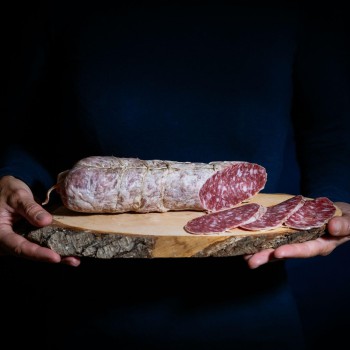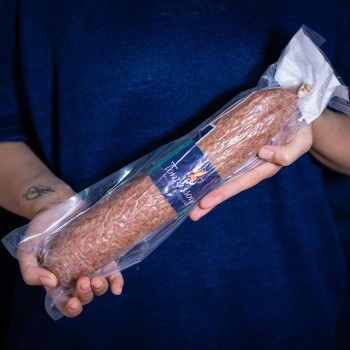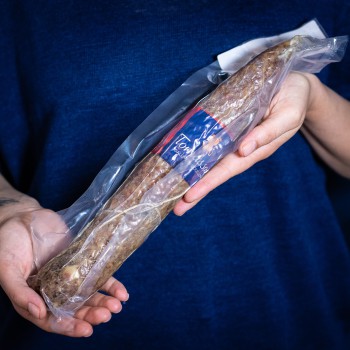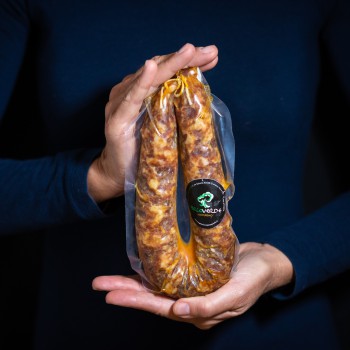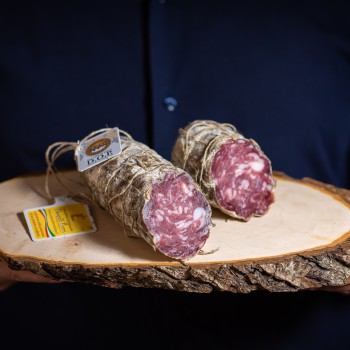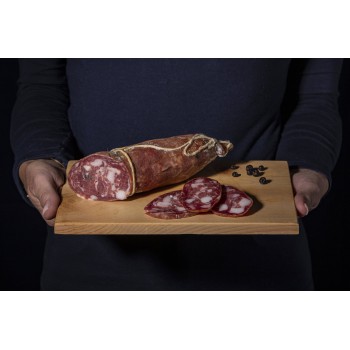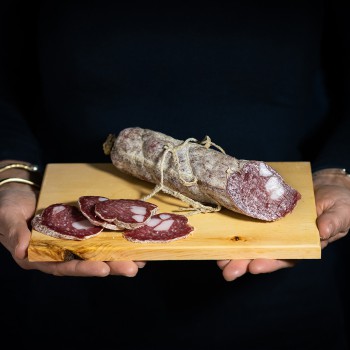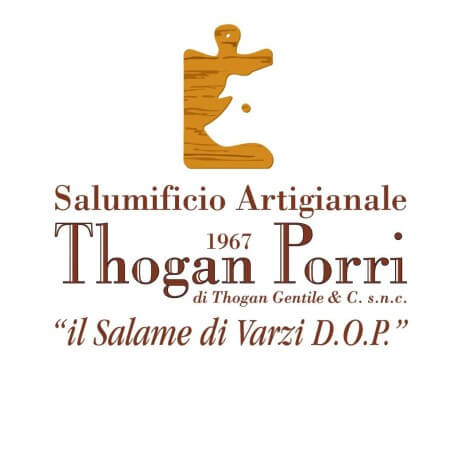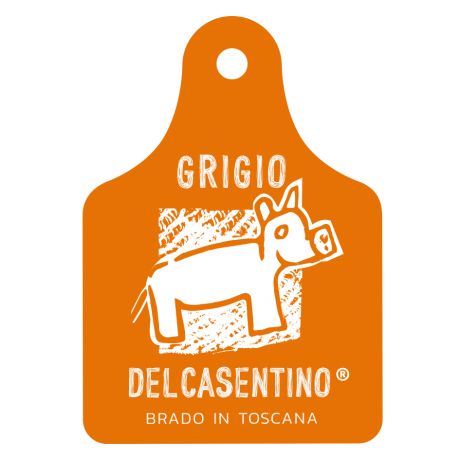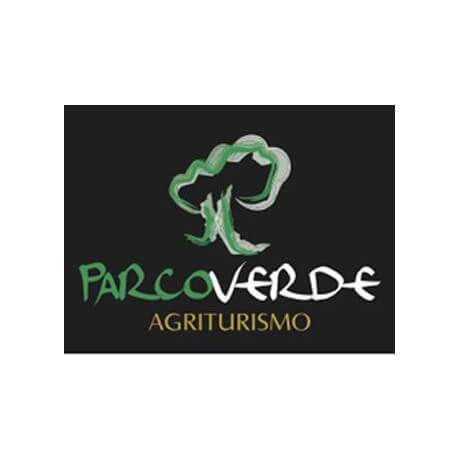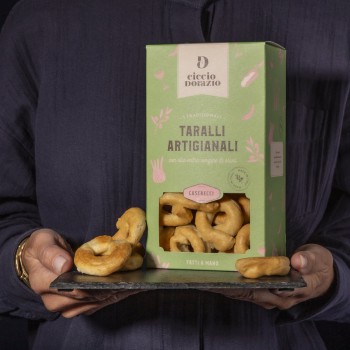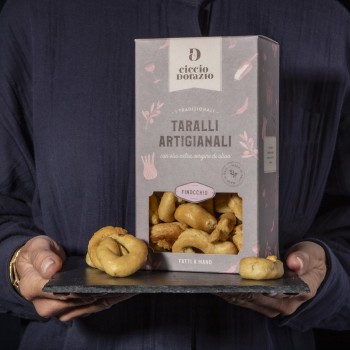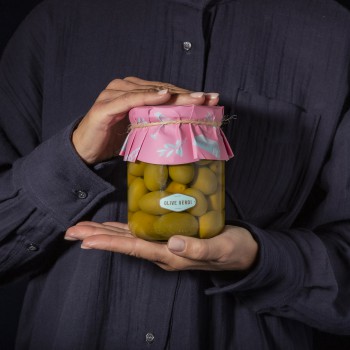- Meat & Seafood add remove
- Cured meats & Cheeses add remove
- Pasta & Pizza add remove
- Preserves & Condiments add remove
-

- Pickles & Preserves add remove
-
- Truffles, legumes & mushrooms add remove
- Desserts & snacks add remove
- Organic
- Tasting Selections
- Christmas
- Regali aziendali
- Brands
- Meat & Seafood add remove
- Cured meats & Cheeses add remove
- Pasta & Pizza add remove
- Preserves & Condiments add remove
-

- Pickles & Preserves add remove
-
- Truffles, legumes & mushrooms add remove
- Desserts & snacks add remove
- Organic
- Tasting Selections
- Christmas
- Regali aziendali
- Brands
Salami
Salamis are not all the same...
You are really spoilt for choice here with all these Italian salamis. We are a country of butchers and meat lovers, and the cold cuts that we have mentioned here are only some of our local delicacies. Regardless of your taste, only one thing really matters: quality. Making a good-quality salami is not easy: it requires time, passion and experience. That’s why we should reward, and also thank, the manufacturers that still do it using traditional and handmade techniques.
PGI Felino Salami – 400gr
Ciauscolo Salami PGI - 700g


The brands we selected
There are several types of Italian cold cuts – we all know that. The difference lies in the area of origin, as well as in the production and aging techniques, or even in the addition of specific spices and aromas to the meat. Which are the most famous Italian salamis? Let’s go on a journey through our country’s best delicacies.
Ciauscolo, the softest salami
Let’s start our journey in the Marche region, where one of the most particular Italian cold cuts is made. It stands out for its unique softness.
Ciauscolo salami is made in the provinces of Ancona, Macerata, Fermo and Ascoli Piceno and obtained the Protected Geographical Indication trademark in 2006. In compliance with the relevant product specification, only Italian pigs and selected meat cuts may be used and the aging period must last at least 15 days and take place in ventilated areas, with temperatures ranging from 8 to 18 °C.
To make Ciauscolo, only the shoulder, belly, ham, loin and a part of the pig’s fatback is used. The meat is ground up to three times to a very fine grain. Salt, black pepper, wine and garlic are the only ingredients that are added to the meat, that perfectly balance the flavour out.
This salami is pink, homogeneous, uniformly-grained with a delicate scent. Its consistency is unique: it is almost spreadable, resembling in that sense more a pâté rather than a traditional sliced salami. It tastes exceptional spread on a roasted slice of bread, but if you want to overindulge, try it with Crescia sfogliata flaky flatbread and PDO Casciotta d’Urbino cheese.
Fabriano, the finest salami
Let’s stay in the Marche region, the home of one of Italy’s finest cold cuts. It is the Fabriano salami that is made from the finest pork cut, the pig’s leg. The lean part of the shoulder and fatback is added to the mixture, too. The fat content shall not exceed 12% of total weight and the fat is diced and added after the grinding process, together with salt and black pepper.
After the mixture is filled in natural pork casing, the salami is left to dry and then to age, at a temperature ranging from 10 to 15 °C and a humidity level between 70 and 80%. Fabriano salami is a seasonal product; it is only made in the winter, since the heat could jeopardise its aging process.
Ciauscolo is a uniform salami, whereas in the case of Fabriano salami, the ground lean part and the fat cubes are kept separated. The former is light pink, the latter has a deep red colour. The former is soft and spreadable, the latter is harder and compact. Although these two salamis could not be more different, the Ciauscolo and Fabriano salami are actually neighbours, since they come from very close-by areas.
Pezzente, the least fine salami (not really)
Let’s move to Basilicata, the home of a peasant, but exceptional salami. As is the case of many good things, this salami was born out of necessity; farmers needed to preserve the meat after having slaughtered the pigs.
Traditionally, Pezzente was the last cold cut to be made, once the good parts and the fine meat cuts had already been used. Farmers used what was left – entrails such as liver, spleen and lungs, cheeks, fat and, on rare occasions, some strips of belly. That being said, Pezzente salami is an exceptional product. The flavour of meat is perfectly balanced by the aromas, garlic, wild fennel seeds and bell pepper powder.
This salami has another unique feature: it is mainly cooked. It is a must in the ragout sauce from Potenza, that pairs with Strascinati pasta, and is added to vegetable soup to make a unique and nutritious dish. It can also be pan-seared together with Swiss chard, chicory or escarole.
Salame di Varzi, the oldest salami
Let’s go all the way up to Lombardy, in the Oltrepò Pavese area; here we can find Salame di Varzi, one of the most renowned and precious salamis there is. It is apparently one of the oldest salamis, too, and Lombards were allegedly the first to make it.
Salame di Varzi obtained the PDO label in 1996, thanks to the high quality of ingredients and the manufacturing techniques that are still traditional and handmade. The microclimate of the Oltrepò pavese area also contributes to making this exceptional product, by ensuring ideal aging conditions.
It is only allowed to use the following lean meat cuts: shoulder, leg, loin, tenderloin and neck. The fat content shall not exceed 30% of total weight and fat is added to the meat before grinding. After drying, which lasts a week, the aging begins.
The aging period is what makes this cold cut truly unique. It must age at least 100 days, but it can age as long as 180 days, in order to obtain a unique and delicate flavour, a fragrant aroma and a good consistency.
Corallina, great even for breakfast!
Salame Corallina is called like that, because it is filled in a casing called corallo, coming from the first part of the colon. It originated in Umbria, but it has mainly spread in the area around Rome, where it is usually eaten for breakfast around Easter time, together with hard-boiled eggs and cheese pizza.
It is now luckily available all year round and it is a true delicacy, made from fine meat cuts that are finely ground and refined with fat cubes. After having been filled in casings, it ages from 3 to 5 months in a ventilated area; in some areas, it is also smoked with juniper berries. It was traditionally preserved under ashes, but only the most traditional manufacturers still do that today.
What about Tuscany?
Our last stop in this journey through cold cuts and salamis is Tuscany, home of a treasure that salami lovers know very well: Casentino grey pigs.
These pigs were the result of crossbreeding between white pigs of Landrace or Large White breeds, and ancient local breeds from central Italy, such as Cinta Senese or Mora romagnola breeds. Casentino grey pigs are only reared in semi-wild conditions, meaning that they can move around large areas and eat what they forage. And that makes a huge difference, as far as meat quality is concerned.
Pigs grow naturally, without using any antibiotics, and the meat has an altogether different flavour. The fat and muscle contents are perfectly balanced and have a unique, rare and one-of-a-kind flavour. The Casentino grey pork salami is an exceptional product for real connoisseurs.






















